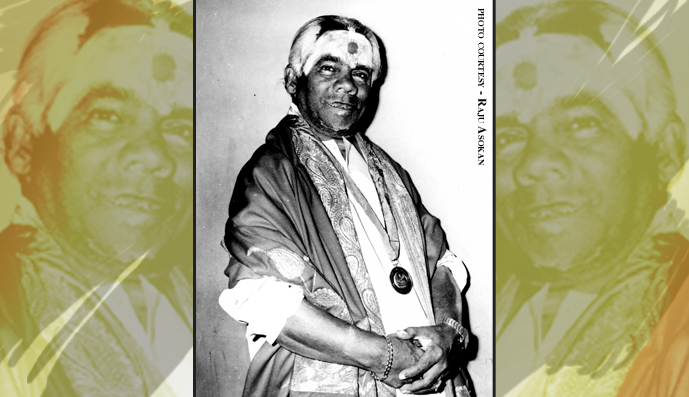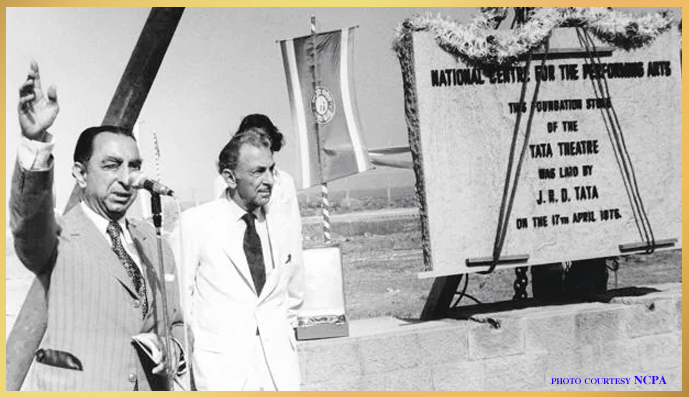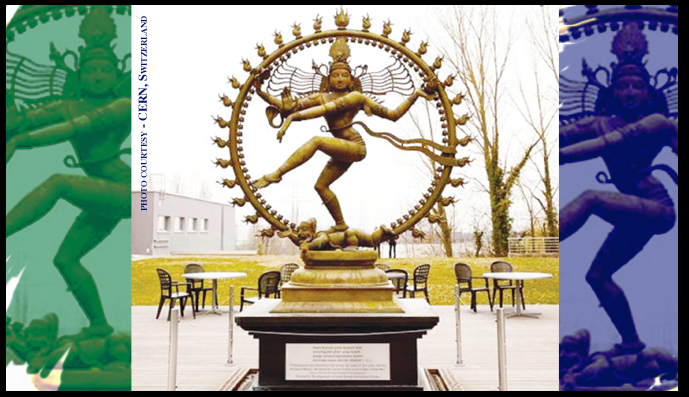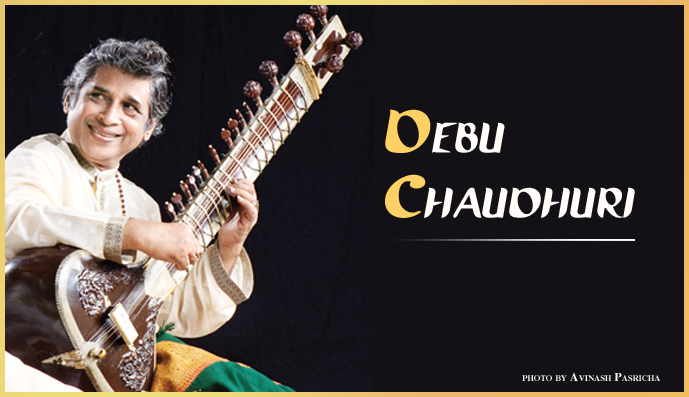It was a December season concert in 1944, and the venue was Rasika Ranjani Sabha (R.R. Sabha). The afternoon slots were earmarked for fresh and promising talents in Carnatic music. The doyen Tiger Varadachariar was present that day when this short, well built youngster presented his concert; his voice was as strong as his physique. To begin with, the voice was a bit hoarse in the mandra sthayi, but soared as the concert progressed. Tiger sat up and listened intently. When Somu showed his mettle in the kritis, Tiger exclaimed “Shobhaash!” in his typical style! The next day, Chittoor Subramania Pillai had a concert at the venue and Tiger saw Somu walking behind him with the tambura. Tiger enquired, “Chittoorval, is this your student? Bhesh! I heard him sing yesterday. He is a student who will make you proud”. Subramania Pillai was pleased to hear such appreciation from a great vidwan like Tiger and he blessed Somu on a successful career in music.
A midst the teeming concrete jungle skyline of Mumbai is snuggled the National Centre for Performing Arts (NCPA). The brainchild of J.R.D. Tata and Jamshed Bhabha who envisioned India’s requisite for an inclusive topnotch performing arts centre and invested in the country’s cultural future, NCPA is the pride of Mumbai’s cultural landscape. Its prominence is endorsed by the fact that an entire busy four-lane street in prime Nariman Point, is named NCPA Marg. NCPA, spread over 3,40,000 square feet, is located at a vantage point in the island’s end, built on land reclaimed from the sea. It is the first multi-venue, multi-genre cultural centre in South Asia, unique in conception and meticulous in management.
The ‘Dance of Nataraja’ has kindled several thoughts in several minds. Ananda Coomaraswamy observed: ‘The essential significance of Siva’s dance is threefold: First, it is the image of his rhythmic play as the source of all movement within the cosmos, which is represented by the arch. Secondly, the purpose of his dance is to release the countless souls of men from the snare of illusion. Thirdly, the place of the dance, Chidambaram, the centre of the universe, is within the heart.’ According to this great scholar, the image, apart from being a representation of energy, also symbolises alternation of phase over vast regions of space and great tracts of time. The damaru and fire are visual symbols of day and night.
The sad passing away of Padma Bhushan awardee ‘Pandit’ Debavrata Chaudhuri, universally known as “Debu da”, has hit the world of north Indian music. Born in 1935 in Bangladesh, into a non-musical, business family, Debu by dint of his own innate talent and hard work, had carved a unique position for himself in the world of music. Lauded by his audiences, he represented an unusual style of sitar playing. Incredibly, his only child, sitarist 50-year-old Prateek Chaudhuri, also passed away shortly after his father; both succumbed to Covid. Debu Chaudhuri was the most prominent disciple of the rare musician, Mushtaq Ali Khan. But before that, he received training in sitar from Panchu Gopal Datta, and was a practising musician with All India Radio—having played his first radio broadcast in 1948, at the incredibly young age of 13 years.
CONTENTS
6 News & notes
16 Birthday calendar
18 Madurai Somu
26 Institution v
National Centre for Performing Arts
34 Perspectives v
The science of Siva’s dance
36 Class act v Padma Narayanaswamy
40 First person v
Ganesa Sabdam
42 Tribute v Debu Chaudhuri v P.
Vasanth Kumar
50 From the Editor
Front
Cover: Madurai Somu (photo courtesy: Tirupampuram
Brothers)
Background
image National Centre for Performing Arts (photo courtesy: NCPA)
No.
442






